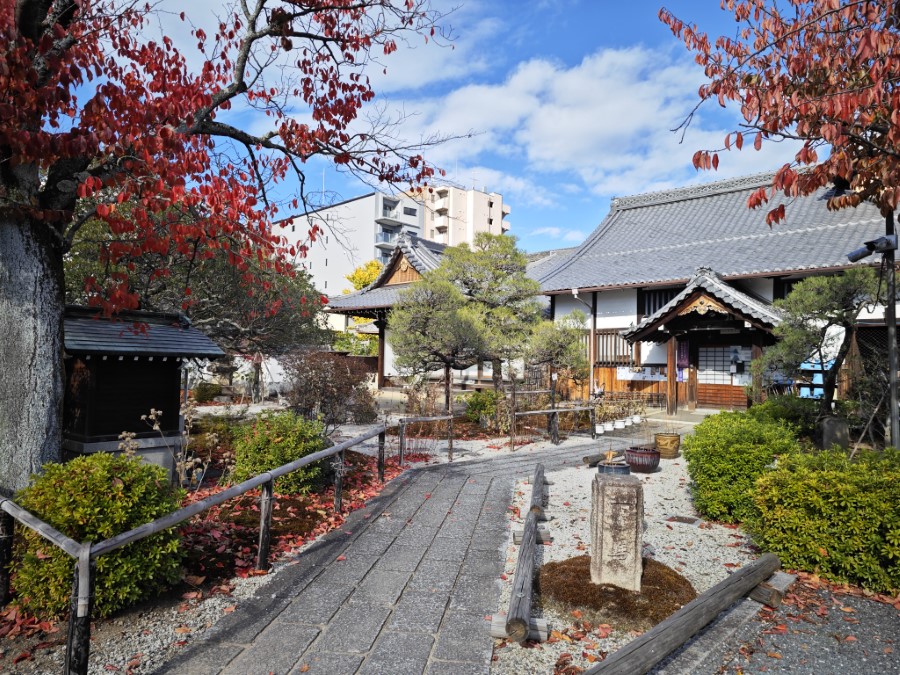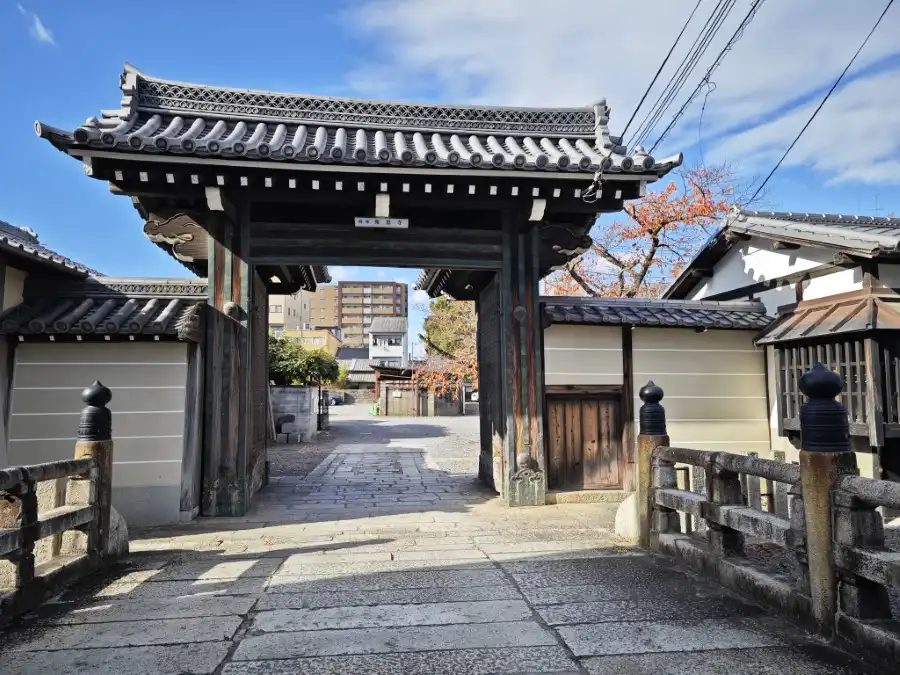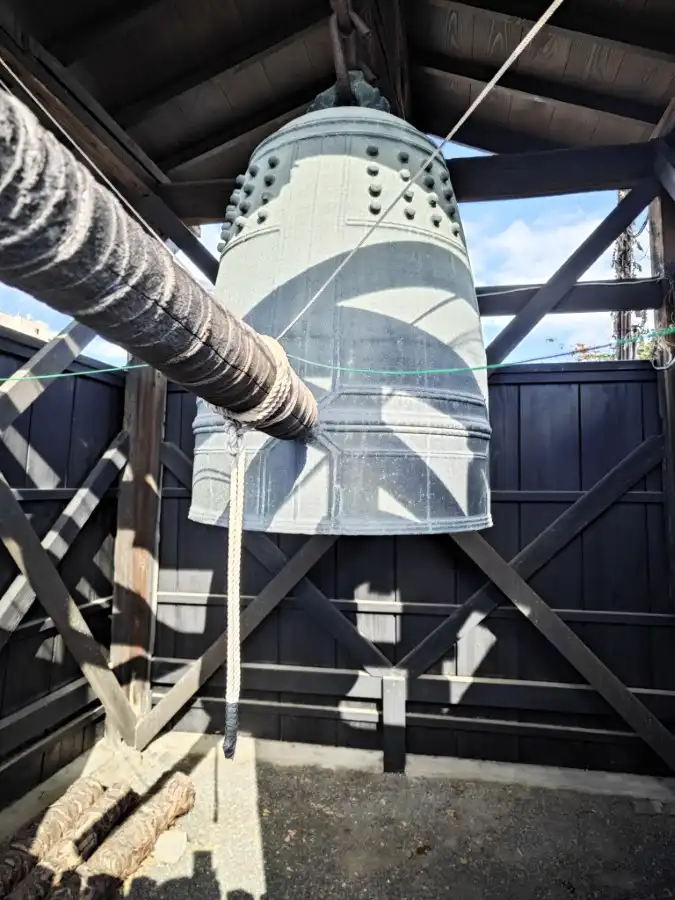Nestled in Kyoto’s historic tapestry, Houonji Temple, founded in the Muromachi period, invites foreign tourists on a journey through time and tradition. Originally a confluence of Tendai and Jodo sects, it underwent relocations and reconstructions, surviving the fires of Edo. Discover the famed “Nakiutora” painting, a testament to Toyotomi Hideyoshi’s encounter with a howling tiger, exhibited only on New Year’s days of the Tiger. Explore the Kyakuden room where Nagamasa Kuroda passed away and cross the exquisite stone bridge, a Momoyama period gem. Immerse in the late Heian bell’s haunting tale and delve into autumn Ojuya events. Houonji Temple, a cultural haven, offers a unique blend of history, art, and spirituality.
Houonji History
According to temple record, Houonji Temple was founded in Ichijo-Takakura in the Muromachi period (1336-1573). At that time, it was a temple where both Tendai and Jodo sects studied together. 1501, Kyoyo rebuilt the temple at Funabashi, Horikawa Imadegawa and changed its name to Jodo sect Houonji Temple. In 1585, Toyotomi Hideyoshi moved the temple to its present location. The great fires of Kyoho and Tenmei during the Edo period burned down the temple.

Toyotomi Hideyoshi requested to display the Chinese painting of a fierce tiger, a temple treasure, in the floor of Juraku-dai. However, Hideyoshi could not get a good night’s sleep because he heard the tiger’s howl in the middle of the night. Hideyoshi returned the painting immediately to the temple. This is why the painting became famous as “Nakiutora,” or the howling tiger. The painting is on view only on three days of the New Year in the Year of the Tiger. A reproduction of the painting is always open to the public (reservation required).
There is a room in the Kyakuden where Nagamasa Kuroda died. The Temple enshrines Nagamasa’s tablets and those of his father, Kanbei Kuroda.
Stone bridge
The stone bridge in front of the east gate was donated by Ninsunni, a nun of Toyotomi Hideyoshi, in 1602. This stone bridge represents a representative stone art feature of the Momoyama period. It is now a remnant of a buried Kokawa creek.

Temple bell
The temple bell is from the late Heian period (794-1185). And it is called the “bell without tolling”. The bell is a national important cultural property. There is a story that an apprentice and a weaver, who did not get along well with each other, made a bet on how many bells would ring on the night of Ojuya. And the weaver who lost the bet was so sorry that she died. The “Ojuya” is an autumn event in which monks recite Buddhist prayers repeatedly at temples of the Jodo sect of Buddhism.

Kyoto City Official Travel Guide
Nearby spots from Houonji Temple
Myokenji Temple is a five-minute walk to the northeast. Myokenji Temple is the main temple of Nichiren Shu in Kamigyo-ku. Toyotomi Hideyoshi once used it as his regular lodging in Kyoto.
Honpouji Temple is a five-minute walk north along Ogawa Street.
Myorenji Temple is a five-minute walk to the northwest. Myorenji temple has a dry landscape garden. The name of the garden is the “Stone Garden of the Sixteen Arhats.”
Related articles:
[…] Houonji Temple, a Kyoto gem since the Muromachi era, unveils history through hauling tiger painting, ancient bell, and tranquil stone bridge. […]